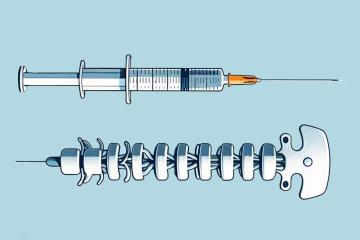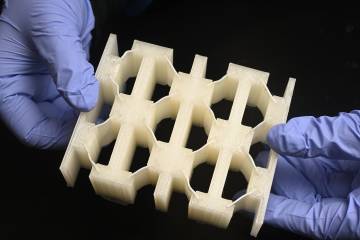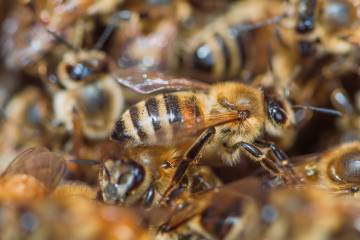Materials science
Liquid crystals could revolutionize robots of the future
Published March 4, 2024Robots, cameras could be made of liquid crystals, thanks to a new discovery that significantly expands the potential of the chemicals already common in computer displays















